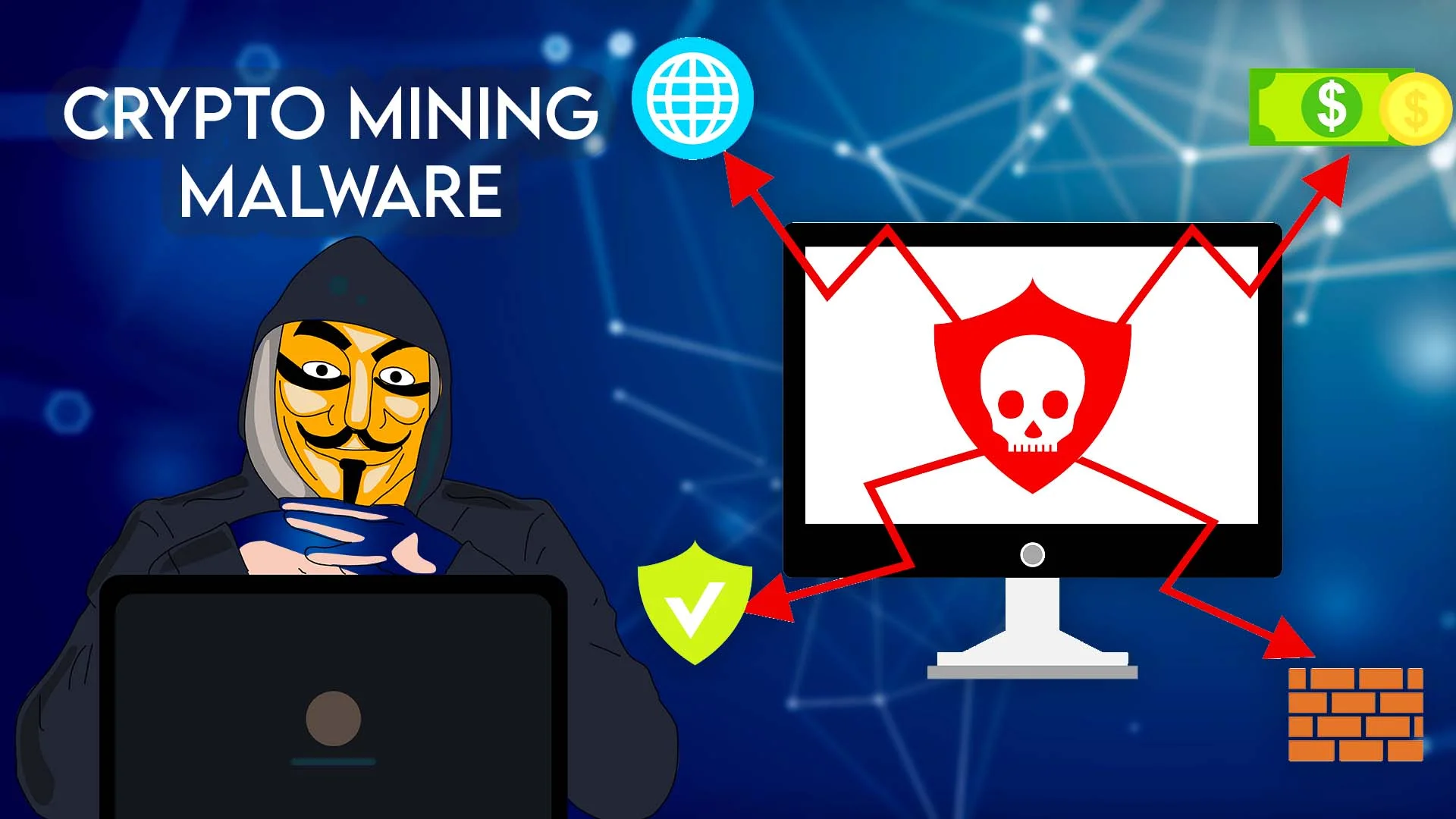Table of Contents
What Is Crypto Mining Malware?
Cryptomining malware, also known as cryptojacking, is a type of malicious software that uses your computer’s processing power for cryptocurrency mining. Cryptocurrencies such as Monero and Bitcoin are given to the computer’s owner when a computer solves one of these equations; however, crypto mining malware does not give any benefits back to those whose computers were used to solve these equations.

Cryptomining malware is software that uses your computer’s processing power to mine cryptocurrency. It can be installed on computers by visiting a website, clicking on an email attachment, or downloading an app.
Cryptomining malware has been around since at least 2010 when a Trojan horse called Trojan. Necurs were used to infect machines with a program that performed crypto-mining activities in the background. In 2014, another cryptojacker emerged: Coinhive which mines Monero (XMR).
These types of programs have increased in popularity recently because they are harder to detect and remove than other forms of malware like ransomware and spyware. This is because they don't damage any system files or applications; instead, they only use unused resources such as RAM and CPU power from the infected device without being noticed by its owner or displaying any signs that something is wrong with their machine
Cryptocurrency applications use the processing power of computers to solve complex mathematical equations. When a computer solves one of these equations, a cryptocurrency (e.g., Monero, Bitcoin) is given to the computer’s owner.
Cryptomining malware uses your processor to solve complex equations to mine for cryptocurrency or steal it from other people who own it and trade it on exchanges like Coinbase.
What Should I Do If My Computer is Infected with Cryptomining Malware?
There are a few things you can do to prevent crypto mining malware from infecting your computer in the future. First, be sure to update your operating system when prompted, and install security measures designed to prevent crypto-mining malware from infecting your computer.
Second, avoid downloading and running programs that aren't familiar or are unverified by an authoritative source. Third, never open email attachments unless they're known to be safe. Fourth, make sure all of your software is up-to-date so that any potential issues can be addressed before they become an issue. Finally, run antivirus software regularly and scan for malware regularly as well as after every major change made to the system (such as a hardware upgrade).
If your computer has been infected with crypto mining malware, it may be using your processor to add value to the attackers’ wallets and decrease the lifespan of your computer, so you should remove all applications that you do not recognize and run antivirus software.
If this system is running in an isolated virtual machine or a Docker container, remove the infection by deleting it.
Geography
Cryptomining malware is most common in Europe and North America. It’s also more prevalent on home computers than on corporate ones, but this trend is reversed in Asia and Africa.
Cryptomining malware varies greatly depending on where it is located. For example, in Europe and North America, threats from this type of malware are more common on home computers than on corporate computers, while in Asia and Africa, threats from this type of malware are more common on corporate computers than on home computers.
In Europe and North America, threats from this type of malware are more common on home computers than on corporate computers. In Asia, Africa, and Central and South America, threats from this type of malware are more common on corporate computers than on home computers.
Monetary Impact
Cryptomining malware can hurt businesses by increasing the cost of IT support for a company. This means that, if your company's IT department is dealing with crypto mining malware, they will be spending more time and money trying to resolve these issues than they would otherwise. A study published in 2017 found that cryptojacking affected 11% of organizations globally and cost them approximately $18 million in damages.
The increased energy consumption of this type of malware can also affect the cost of computing for individuals by making their computers heat up and use more energy overall. Additionally, some anti-malware products may be unable to detect or remove cryptojacking software because it is hidden inside legitimate apps or browser extensions (such as Chrome).
Conclusion
Cryptomining malware can hurt businesses by increasing the cost of IT support for a company. This type of malware can also affect the cost of computing for individuals by making their computers heat up, causing their cooling fans to spin faster and making them use more energy.
